Annapurna Luxury Trek is a walking adventure in the lower Annapurna region. This adventure offers a beautiful and easy trekking experience with luxury accommodation even in the mountains.
Although it is a short trekking adventure in the foothills of the Himalaya, you will get to enjoy beautiful nature and a spectacular view of the mountains. As you explore the region, you can also see the trail that leads to the Annapurna Base Camp. The trail that you will walk along also meets the trail coming from Ghorepani Poon Hill Trek. In addition to enjoying the trek, you can also enjoy the luxury accommodation of Ker & Downey Lodges at the overnight places along the trail.
What you see during Annapurna Luxury Trek
As a Himalayan foothill trekking adventure, this trip offers you some breathtaking views of the Annapurna range of the Himalayas. You can also enjoy beautiful nature along the river valley. Exploring around the villages where you stay overnight gives you a beautiful cultural experience of rural areas in Nepal.
The trail that you walk along during the adventure offers you a view of Annapurna I, Annapurna South, Hiunchuli, Fishtail, and several other mountains in the Annapurna range. Beautiful villages of Ghandruk, Majh Gaun, and Dhampus will offer you an experience of the local lifestyle.
Reasons this trip becomes an Experience
Nepal Climbing Adventure always strives to offer an adventure traveling experience that you can cherish. While the Annapurna Luxury Trek is beautiful in its all essence, your experience of trekking there becomes even more beautiful with us.
By the time we take you on the trip and bring you back, we take one step ahead to offer you a beautiful experience. We keep your safety and happiness is our top priority and you will experience the same during the trip.
Trekking with us to the Annapurna luxury trail is traveling in safe hands.
What is included?
- Airport pick up and drop off on your arrival and departure
- 5-star hotel accommodations on twin sharing basis in Kathmandu and Pokhara
- Luxury Lodge Accommodation at Ker & Downey Lodges in the mountains
- Breakfasts in Kathmandu and Pokhara
- All meals during the trek
- Full-day guided sightseeing tour in Kathmandu
- Guided Pokhara sightseeing tour
- Kathmandu - Pokhara - Kathmandu Flight Ticket
- Experienced trekking guide and a necessary number of porters for the trek
- Private vehicles for necessary commuting
What is not included?
- International airfare and travel insurance
- Lunches and dinners in Kathmandu and Pokhara
- All kinds of drinks during the trip
- Tips for guide and porters
- Any expenses other than mentioned in the 'Includes' section
There are a number of things that you need to keep in mind if you ever plan for your vacation. Because you want to make the most out of your limited time, it is truly a hectic job for you to find a trustworthy and experienced traveling companion. With Nepal Climbing, you have your problem solved already as we are one of the leading Trekking and Mountaineering organizations in Nepal and have been providing first class service in several travelling packages across the country for many years.
We prioritize your satisfaction and safety
At Nepal Climbing Adventure, our ultimate objective is to arrange the programs for you to make the most out of your valuable time. We value your satisfaction, adventure, amusement and safety. Regardless of whether you are searching for stunning perspectives along the trekking trails in Himalayan mountain range or widely acclaimed, heavenly attractions with developed societies, our exposure and experience in travel business will help you ensure your requirements are met.
We have professional staffs and service
We trust that extraordinary staff lead awesome administration. That is the reason we are collaborated with experienced and eager individuals. We possess authorized and government certified guides who are very much furnished with broad learning of Nepali communities and traditions. They additionally have familiar English speaking abilities and hierarchical capacities to encourage all types trekking groups.
Responsible Tourism and social values
We are endeavoring to lessen the effect of tourism by guaranteeing our staff are very much aware of ecological issues. We are doing our best to create less waste as could be expected under the circumstances and make a point to reclaim non-compostable wastes. We outline our itineraries and work in the field guided by the standards of ecotourism and reasonable tourism. Moreover, all our staff have been given ecological preparing and are extremely aware to the eco-system we enter. Additionally, we are adhering to sustainable assets of energy. Our guides will share you the social values, culture and religious harmony for better understanding the groups you visit.
Customizable Service
Our promise is to provide you with the travelling packages customizable according to your demand fulfilling your budget criteria. So, we can facilitate a minimum of 2 individuals with a personalized service at a reasonable cost.
Online Payment
Or
WIRE TRANSFER
Bank Details:
Account Holder's Name: Nepal Climbing Adventure Pvt. Ltd.
Bank Name: Himalayan Bank Ltd.
Account Number: 01907449340018
Account Type: USD
Address: Thamel, Kathmandu, Nepal
SWIFT CODE: HIMANPKA
For more detail contact us:
Krishna Subedi (Chris Chhetri): +977 9851076791 (24/7, Call/Viber/Watsapp)
We recommend our guests have a valid insurance policy before undertaking an adventure in Nepal Himalaya. During treks and expeditions, the insurance should cover for expenses such as air ambulance, helicopter rescue, and medical care. As an adventure operator, we (NCA), are not permitted to arrange or sell insurance packages here in Nepal as per the Government of Nepal.
Frequently Asked Questions - Trekking in Nepal
Are you a licensed trekking agency?
Do the guides speak English and have first aid training?
How big are the groups?
Are permits included in the price of the trek?
Do you arrange private treks?
Do you provide any equipment while trekking?
How difficult are the treks?
How long do we walk each day?
What is exactly 'teahouse' trekking?
What do we mean by FOT trek?
What is security like during trekking?
Security for our clients is always a foremost priority for us. All our guides and other support crew are carefully chosen for your trips. Our guides hold licenses issued by the Nepal Government. They are very honest and reliable. But we would also advise you to take care of your own personal belongings. If you are on ‘camping treks’ please do not leave your bags unattended at any time for your own safety. Take your main bag inside the tent once you reach the campsite. At night, all bags and belongings are kept in the middle of the tent. Your guide assigns a Sherpa on a rotation basis to guard the campsite throughout the night. If you are on a ‘Tea house or GAP trek’ arrangement, you will be sleeping in local teahouses. You need to take sensible precautions yourself at all times. Never leave your baggage unattended and keep your lodge room locked when you go out.
What happens if I fall ill during the trek?
What type of food is served during a trek?
Do I need to carry my own gear?
How much could porters carry?
What is the overnight accommodation like?
Can we change the itinerary?
Depending on the prevailing situation, you can modify it to some extent after consulting with your senior guide. However, the date of trek completion should always coincide with the original itinerary. You should keep in mind that this is an adventure trip into some of the most remote regions in the world, where many unforeseen circumstances may contribute to the need for a change in itinerary. In such cases, we or your guide will suggest the best alternative similar to your original itinerary.
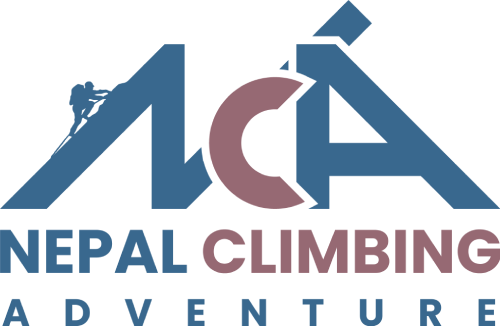
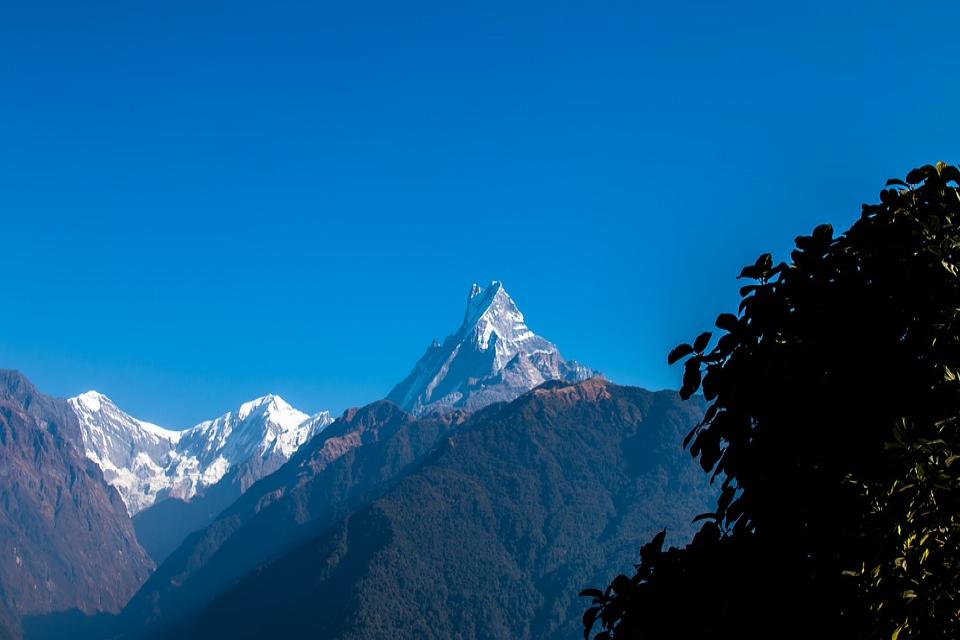
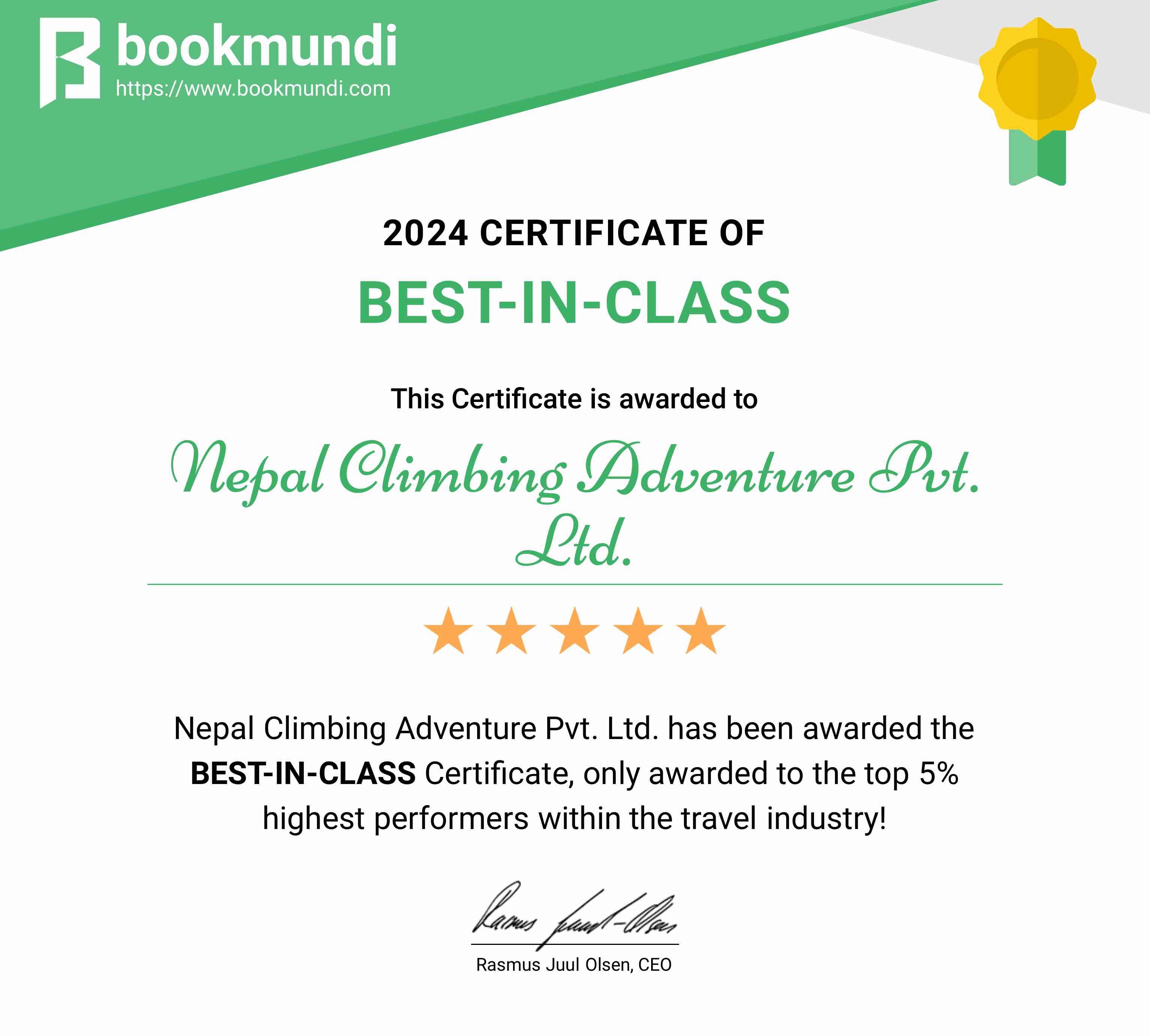
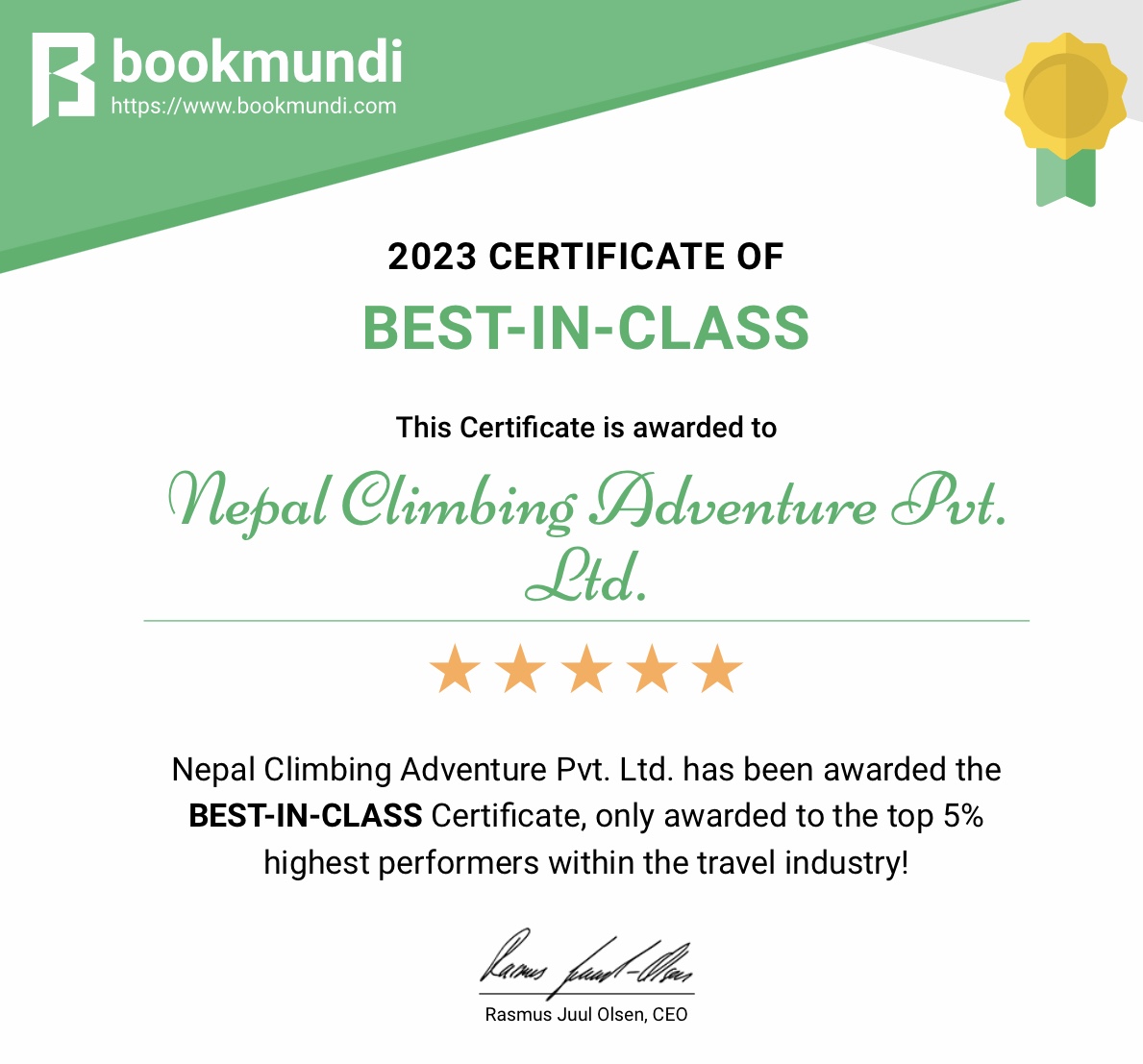
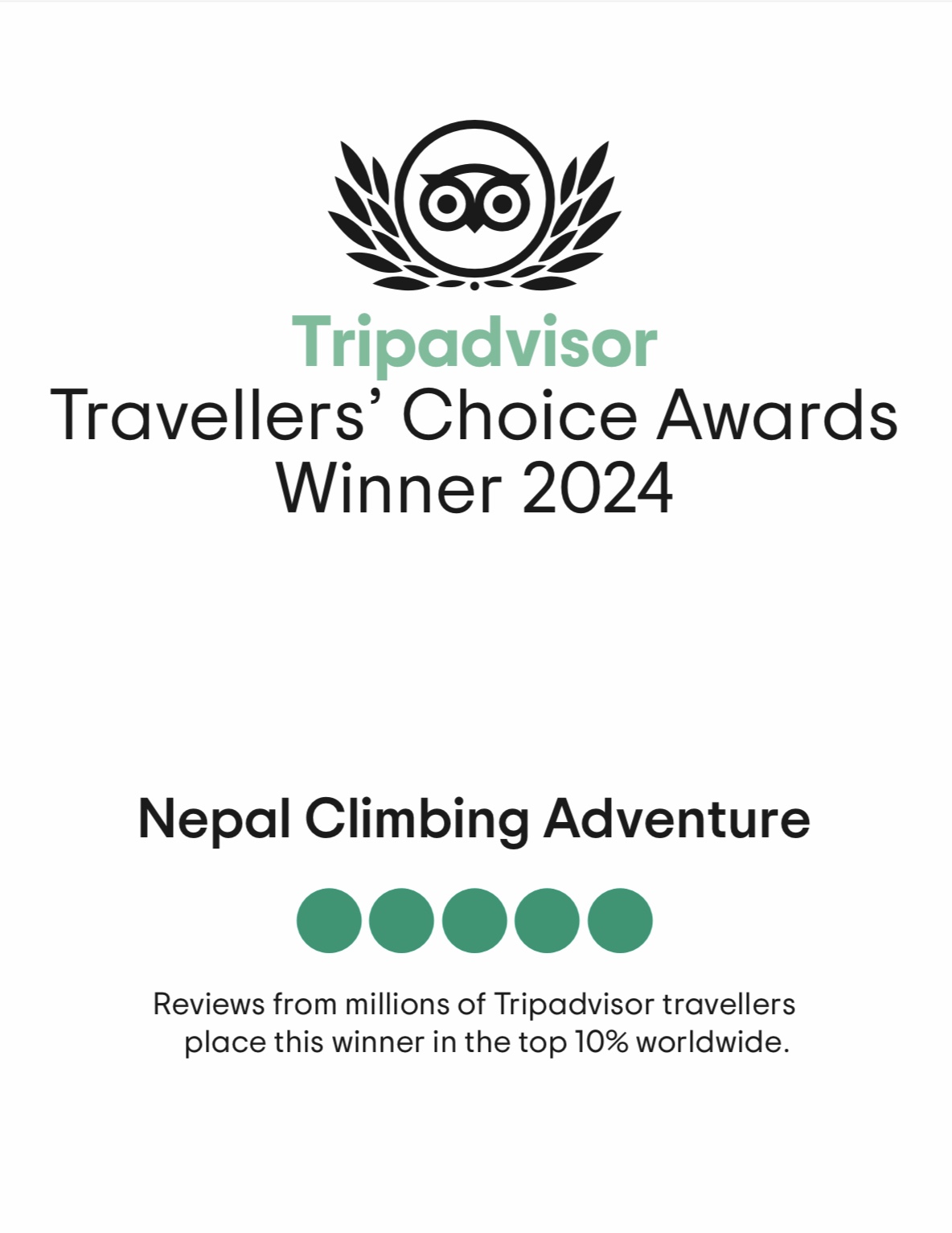
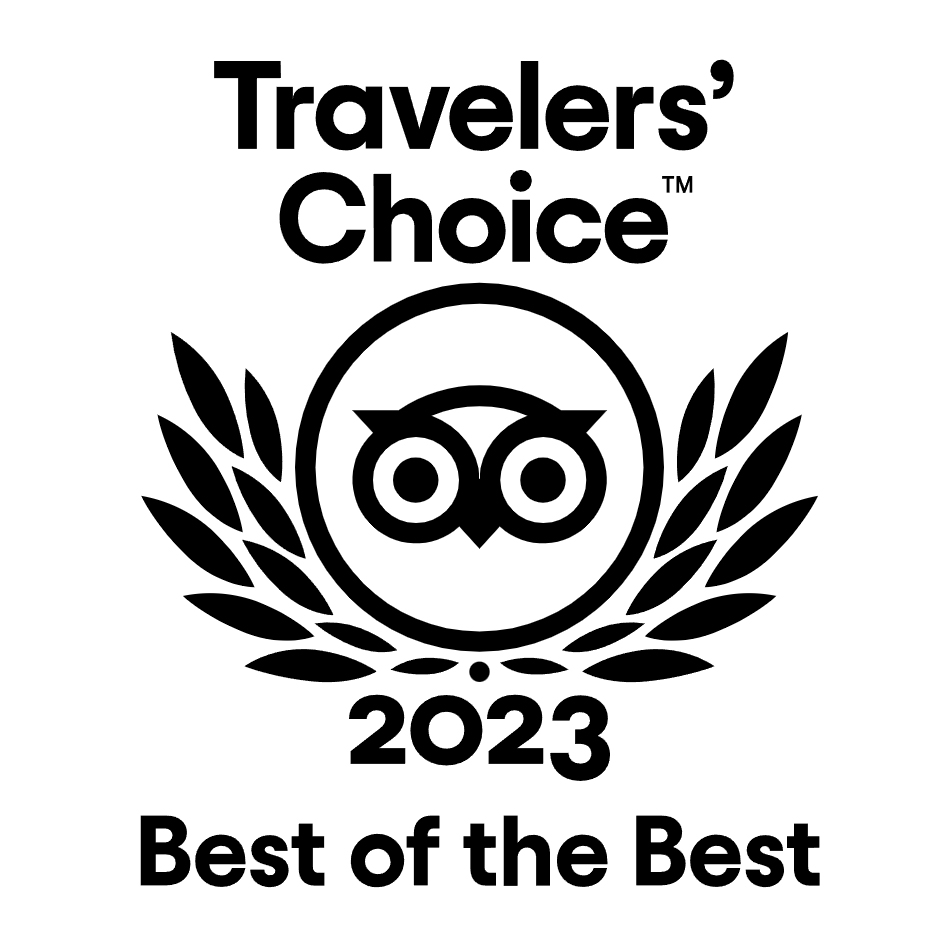















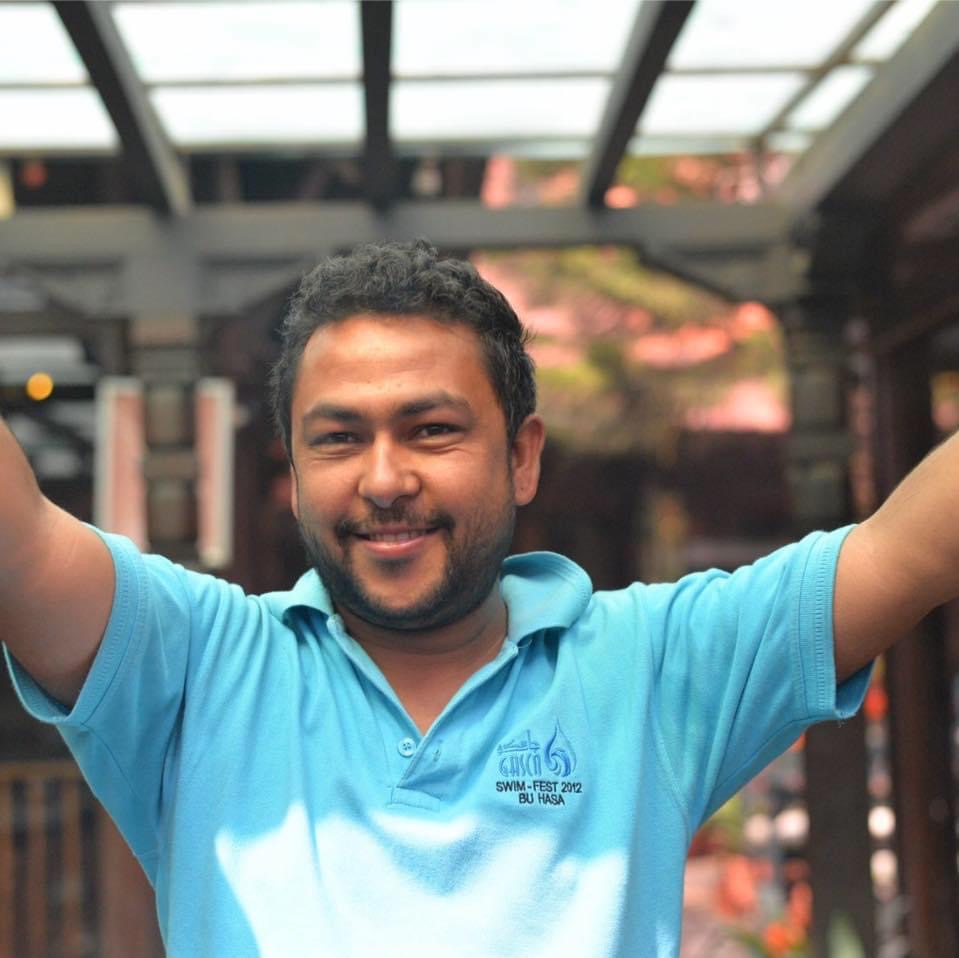 Chris Chhetri
Chris Chhetri